Coca (Erythroxylum coca), the source of the alkaloid cocaine, is a small tree native to moist tropical montane regions of Peru, Bolivia, and, possibly, Ecuador. This plant was an essential part of early civilizations in northwestern South America. Traditionally the user made a ball-like quid with a coca leaf, added a paste of lime (ground rock or seashells) or alkaline ashes (e.g., from stems of Chenopodium quinoa), and then placed the quid in the cheek, where saliva would flow over the coca and trickle down the throat. A user could be identified by the bulge in the cheek. The presence of an alkali helped to release the alkaloids from the leaf--the origin of crack cocaine in today's society. In the mouth, the coca leaf was never chewed, although coca is sometimes called a masticatory.
Evidence that coca leaves were used dates back to 3000 B.C. Telltale signs include figurines of coca chewers (coqueros) and ceramic lime pots from the Valdiva culture of coastal Ecuador. Coca ceramics have been found from the upper river valleys of Peru from 1900-1750 B.C. In Ecuador at 500 B.C., the Carchi tribes made ceramics of coqueros and had small lime or ash containers (iscupurus). In the region of Nazca, Peru, mummies almost 2000 years old were found with bags of coca leaves (chuspas) around their necks. Therefore, the coca-leaf culture was well established before the Inca rule began in Peru, even though the Incas invented legends how the coca tradition began with the origin of their relatively recent culture, e.g., from the body parts of the adulteress Mama Coca.
It is from the Incas that we have the most useful information about the history of coca use. Here, as probably earlier, coca was a symbol of royalty, and its use was officially restricted to male royalty and nobility, religious priests, and shamans. There are accounts that coca was used for treating the sick, both for diagnosis and therapy, and being used for pains from toothaches to malaria. Sometime during the Inca rule, coca use was granted to yaravecs, court orators, who under the influence would recite the Inca history using a quipo, a string with knots. Likewise, coca was offered to young nobles during manhood initiation rites. Young maidens would give runners coca and chicha to make them race faster. Rarely in Inca society, human sacrifices were offered to the sun, and the victim was given large doses of coca beforehand; if the victim perceived coca on his lips just at the time of death, he would go to paradise. It does not appear that in Inca society coca was used casually.
One famous fan of cocaine use was Sigmund Freud. In 1884 Freud was in search of fame as a struggling doctor and wanted a cure for nervous exhaustion and morphine addiction. He found that cocaine relieved his own chronic depression and wrote a series of papers on cocaine, praising its results as a "magical drug," superior to morphine. Years later he backed off from his former praises. Freud was also a catalyst for a great medical development; in 1884 he asked Dr. Karl Koller of Vienna to work with coca leaves. Koller was an ophthalmologist, and he was looking for something to use during eye operations. Freud recommended cocaine as a local anesthetic, because it could numb the tongue. Koller soon discovered that cocaine hydrochloride was a successful eye anesthetic and also fine for surgery of the ear, nose, and throat. In 1885 Wilhelm Filehne showed that atropine has a chemical structure close to that of cocaine, and atropine became the anesthesia of choice. Nonetheless, interest in cocaine had opened research on this class of medical chemicals.
Some physicians question the classification of cocaine as a narcotic, because it has exactly opposite characteristics of opium. Cocaine produces intense euphoria and short-term hallucinations; there is apparently no true physical addiction or physical withdrawal symptoms from the milder, standard cocaine, although persons are psychologically addicted and have intense cravings for the drug. However, the reintroduction of Crack (quicklime added, as in ancient times), was very dangerous and physically addictive. Cocaine is snorted or sniffed generally through the nose and is absorbed through the nasal epithelium. This ruins nasal tissues and causes increases in heart rate and blood pressure as well as a rise in body temperature. Several synthetic cocaine-like substances are used in medicine and dentistry, including procaine or Novocaine and Lidocaine.
For best results use a propagator with soil heating. Adjust the soil heating to 28 Celsius this is the optimum temperature to germinate cocaseeds. Next fill the propagator with Amazonian remix soil or special seedling soil PH 5-6 EC O,5 mS
Spread the seeds over the soil and cover them up with 1 cm of soil. Now spray the soil with luke warm water but don’t make the soil to wet otherwise the seeds will rot or mould. Place the bonnet on the propagator and leave the ventilationshaft open so that some air and moisture can escape from the propagator, but not to much.It will take 3-6 weeks before the first sprouts apear. Meanwhile spray the soil with water on a regular basis to prevent it from drying out. As long ass no seeds have been germinated the propagator can stand in the dark. As soon as the first seedling apears it is necessary to give light but not to bright , direct sunlight is a killer for seedlings. preferable use a Fluorescent lighting tube collor code 33 and give the seedlings 18 hours of light. Keep the light tube at a distance of 30 cm. The seedlings will thrive very well under a fluorescent lighting tube without any danger of burning. Young cocaplants need a higher air humidity. Keep the air humidity in the propagator around 80%. For the first three month’s it is necessary to leave the bonnet on the propagator. Let the young plants get used to a lower air humidity,it is necessary to lift the bonnet for a few minutes and extent this time every day. After aproximatly a month your plants will be used to a lower air humidity. This is the time to transplant to a bigger pot.
گياه كوكا چيست؟
كوكا پرمنفعت ترين محصول و فعاليت اقتصادي در بوليوي طي دهه 1980 بود كه برگ هايش به صورت مخفيانه، تبديل به ماده ي مخدر كوكا مي شد. اين كشور در اواخر 1980، دومين كشت كننده كوكا در جهان بود كه تقريبا 15 درصد بازار قاچاق كوكائين ايالات متحده را در دست داشت. تحليل گران بر اين باورند كه صادرات كوكائين يا خمير آن در دهه ي 1980، بسته به قيمت و بازدهي درآمد، سالانه بين 600 ميليون تا 1 بيليون دلار درآمد ايجاد مي كند! حتي بر مبناي اين پيش بيني ها، صادرات مرتبط با كوكا مساوي يا بيشتر از صادرات قانوني كشور بوده است و قدمت كشت آن در بوليوي به قرن ها پيش برمي گردد. گياه كوكا بوته اي شبيه بوته ي چاي دارد كه بيشتر توسط كشاورزان خرده پا در چاپاره و يونگاس كشت مي شد و در اين ميان، حدود 65 درصد از كل كوكاي بوليوي، در منطقه چاپاره ي كوچا بامبا رشد مي كرد.
به گفته كارشناسان اقتصادي، دليل اصلي روي آوردن كشاورزان بوليويايي به كشت كوكا در دهه 1980، افزايش قيمت كوكا و فروپاشي اقتصاد آن كشور بوده است. البته افزايش ميزان بيكاري نيز در بروز اين مسئله بي تاثير نبوده ولي در مجموع، دليل گرايش كشاورزان به كشت كوكا را مي توان بازدهي اقتصادي سريع، وزن سبك، چهار بار برداشت محصول در سال و وفور دلارهاي آمريكايي در اين تجارت دانست كه تبديل به يك منبع درآمد باارزش در اقتصاد پرتورم اين كشور شده بود.
طبق تخمين دولت بوليوي، توليد كوكا از 63/1 ميليون كيلوگرم برگ، از 4100 هكتار در سال 1977 ميلادي، به حداقل 45 كيلوگرم در محدوده اي بالغ بر 48 هزار هكتار در سال 1987 رسيده است. تعداد كشاورزان نيز در همين دوره، از 7600 به 40 هزار نفر افزايش يافته است
Erythroxylum coca grows on the moist and warm slopes of the Eastern Andean mountains on an altitude from 1000 to 2.500 meters. The temperature in extremes can vary between 0-45 Celsius. Mostly it is between 15-30 Celsius which is an optimum. Temperatures under 0 celsius is a killer for cocaplants, but older plants can withstand a few degrees of frost for a few hours. Plants on higher altitudes often contain more alkaloids than on lower altitudes. This is in no relation to lower air pressure, as is often assumed, but to a better climate.
Plants growing on sea level in right conditons can contain as much alkaloids as on higher altitudes. Allso the less potent lowland Erythroxylum Ipadua is often confused with Eruthroxylum Coca which has led to the misconception that only on high altitudes potent cocaplants can be grown. Some plants catch abundant rain the whole year around, while others get only 4 month of rain, but because of deep rooting the plants can survive 8 month’s of drought.
The cocaplant loves water, but hates to stand in soaked soil. That‘s the reason why she grows so well on steep mountainsloops where water runs of easily. This good drainage quality is of great importance when keeping an E.coca in a pot. The cocaplant is very adaptive to different climates but she will grow best in a stabile climate where the differences between day and night temperatures is not too much. This climat is similar to the climate in Central-Europe in the month’s of June - July -August.
The ideal climate for a cocaplant: Temperature 15 and30 Celsius and an air humidity between 30 and 70%
The Erythroxylum Novograenetens is mostly grown in semi arid regions. It is known as the rugged cocabush and can thrive in many circumstances. Yeald and quality is average. The Erythroxylum Truxillensis is the rarest of all cocaplants. It grows in the desert oasis on the westcoast of Peru at an altitude of 100-500 meters. An Arctic sea current cools the climate down to an average of 24 Celsius by day and 17 Celsius by night. It only rains once in a few years, but oasis springs provide the plants with sufficient water. The soil is very fertile too. Plants that are grown here are of the finest quality and have that distinctive aroma which is so typical for E.coca.
تلاش براي از بين بردن درد قدمتي به اندازه زندگي انسان دارد. مردم عهد باستان راههاي مختلفي را براي دستيابي به اين اين حالت به کار برده اند: طب سوزني، يخ زدن، کمپرس عصبي، مواد گياهي و حتي نيروهاي رواني. بوميان پرو و بوليوي قرنها برگهاي کوکا را ميجويدند و اين عمل تا زماني که ادامه داشت به آنها احساس خوشي اعطا ميکرد. در سال 1860، الکالوئيد کوکائين توسط نيهمن "Niemann" از بوته اريتروکسيلون کوکا "Erythroxybn coca" جدا شد. اثر فارماکولوژيک آن در سال 1880 توسط فون آنرپ "Von Anrep" مطالعه شد و آن را به عنوان بيحس کننده موضعي تجويز نمود.کاربرد روش تفکيک يا ساده سازي در طراحي دارو روي مولکول کوکائين منجر به توليد داروهاي بيحس کننده مصنوعي متعددي شد. بدين ترتيب، فرنيو در 1905 آميلوکوکائين را ساخت که تحت نام استووائين به فروش رسيد. در سال 1905 آنيهورن و همکارانش محصول سادهتري به نام پروکائين را معرفي کردند که هنوز به ميزان زيادي به کار ميرود. و از آن بعد داروهاي بيحس کننده متعددي ساخته شد. ولي در کل ميتوان گفت تقريبا اين ترکيبات روابط ساختماني نسبت به کوکائين نشان ميدهند و ميتوان آنها را به عنوان اشکال سادهتر اين مولکول در نظر گرفت.
اثرات كوتاه مدت آن مشابه آمفتامين است ولي با مدت زمان كوتاهتر، احساس افزايش انرژي، چابكي و سرخوشي زياد مي كند، از جمله اثرات آن پس از مصرف عبارت است از: افزايش ضربان قلب، نبض، تنفس، درجه حرارت بدن، فشار خون، گشادگي مردمك چشم، پريدگي رنگ، كاهش اشتها، تعرق شديد، تحريك و هيجان، بي قراري، لرزش به خصوص در دستها، توهمات شديد حسي، عدم هماهنگي حركات، اغتشاش دماغي، گيجي، درد پا، فشار قفسه سينه، تهوع، تيرگي بينايي، تب، اسپاسم عضله، تشنج و مرگ.
در حالت قطع ماده نيز افسردگي شديد حادث مي شود. ناخالصي كوكايين خيابان اغلب موجب حساسيت و آلرژي شديد مي شود كه معمولا با آب ريزش بيني و بي خوابي شديد همراه است. در مسموميت حاد با كوكايين، فرد مصرف كننده دچار بي قراري و تشويش، هيجان، شوريدگي فكر و اختلال تنفسي مي گردد. ضربان، تنفس و فشار خون فرد افزايش مي يابد.
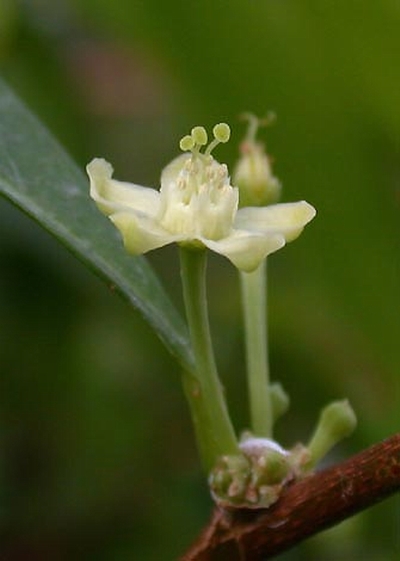
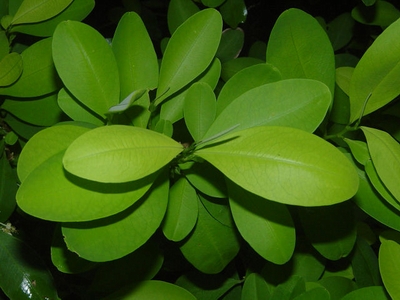
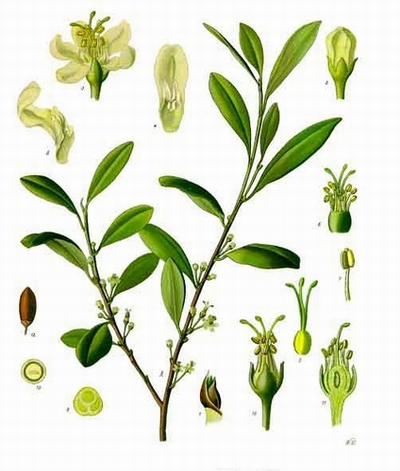
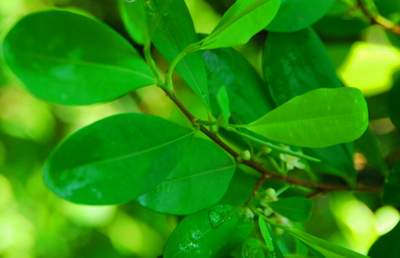
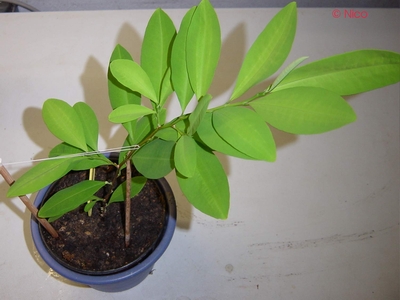
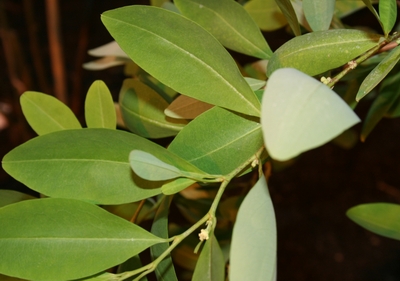
4 comments:
My cousin recommended this blog and she was totally right keep up the fantastic work!
Morphine Addiction
دوست عزیز سلام
از کامنت شما بسیار لذت بردم
این ای میل من است
yazdanniaz@gmail.com
چند تای سوال دیگر داشتم این هم ای دی یاهوی من است yazdanniaz@yahoo.co.in
اگر دوست داشتی یک چتی داشته باشیم
ارادتمند شما یزدان نیاز
Muy bien trabajo maravilloso..donde se pueden conseguir semillas?
We also provide the treatment services to patient which are addicted to alocohol, & drugs to know more visit at san diego addiction treatment center
Post a Comment